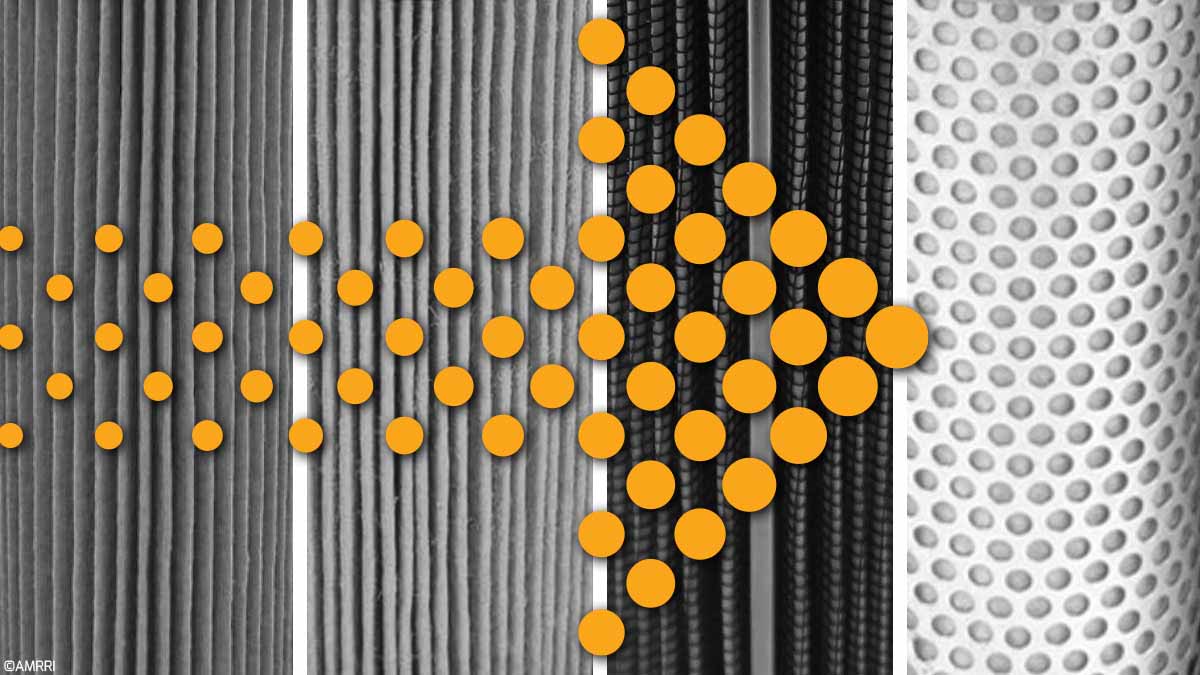Although management and leadership are different ideas, they are frequently used interchangeably. While the two have some parallels, their focus, abilities, and philosophies differ.
Understanding even the basics of management and leadership can help organizations determine how they want to approach the concept of lubrication-driven reliability.
Planning, organizing, directing, and controlling resources to accomplish particular goals or objectives is the process of management. Achieving a common purpose entails directing and coordinating the actions of a group of people.
The focus is on upholding the status quo and reaching predetermined goals through effectively and efficiently utilizing available resources. Usually having formal power over their employees, managers prioritize keeping consistency, minimizing risk, and accomplishing predetermined objectives. This idea is frequently used in the maintenance and industrial sectors concerning program management for lubrication.
Simply put, lubrication program management ensures that lubrication is carried out according to a set of predetermined KPIs. As a result, these managers typically adopt one of two dominant management philosophies: transactional management, where a manager sets clear expectations and goals and permits feedback, rewards, or punishment based upon employee performance towards those goals, or autocratic management, where the manager makes all the decisions and exerts total control over employees, expecting them to comply without question.
With any of the two major management approaches, employees are sometimes resigned to following instructions and are not necessarily encouraged to come up with fresh ideas.
Furthermore, the program manager is not encouraged to seek different ways of performing the work. It is often a process already in place with an expectation of execution with minimal variance in what is done or how. They are simply tasked with managing the existing process.
To create a true transformation in how lubrication is perceived and performed, it’s time to move from lubrication management to lubrication leadership.
Leadership is the ability to inspire and motivate people to achieve a shared vision or goal. It involves setting a direction for the organization or group and inspiring people to follow it. The emphasis is on innovation, creativity, and change.
Leaders often use their influence to achieve their objectives. They inspire and empower their team, take calculated risks, and drive change and growth. Generally, we think of leadership as someone at the top level of an organization or even a location. This is supported by common phrases such as “corporate leadership” or “site leadership.”
However, when understanding the previous description of a leader, we realize that the leader isn’t necessarily the one at the top. Instead, it’s the one that inspires. Creating a true transformation in lubrication-driven reliability takes someone with vision, charisma, and a genuine desire to influence change.
As with management, there are several leadership styles or theories, many of which overlap in many ways. However, in the world of lubrication leadership, the dominant style that comes to mind shares the namesake of what we are trying to execute- transformation.
Transformational Leadership
The transformational leadership approach focuses on inspiring and motivating others to achieve a shared vision or goal by empowering employees to take ownership of their work and encouraging them to be creative and innovative and to take calculated risks.
Transformational leaders are charismatic and have a strong vision for the organization’s future, and they inspire their followers by setting high standards and challenging them to meet those standards.
When the transformational leader focuses on programs such as lubrication, we can expect to see significant changes in what is done, how it is done, and finally, learn why it is done. The transformational leader will ensure that employees get that critical information often missed in today’s transactional approach: the “why.”
In short, we’ve often considered lubrication processes as something we manage. When we manage something, we ensure that tasks are performed as prescribed and focus on KPI tracking. We work towards numbers.
However, when we look at lubrication as something we lead, we open up the opportunity for innovation. We empower employees to want to do better. We reward them for finding ways to make their job easier and more exciting. There will always be a place for managers, but now is the time for leaders.









